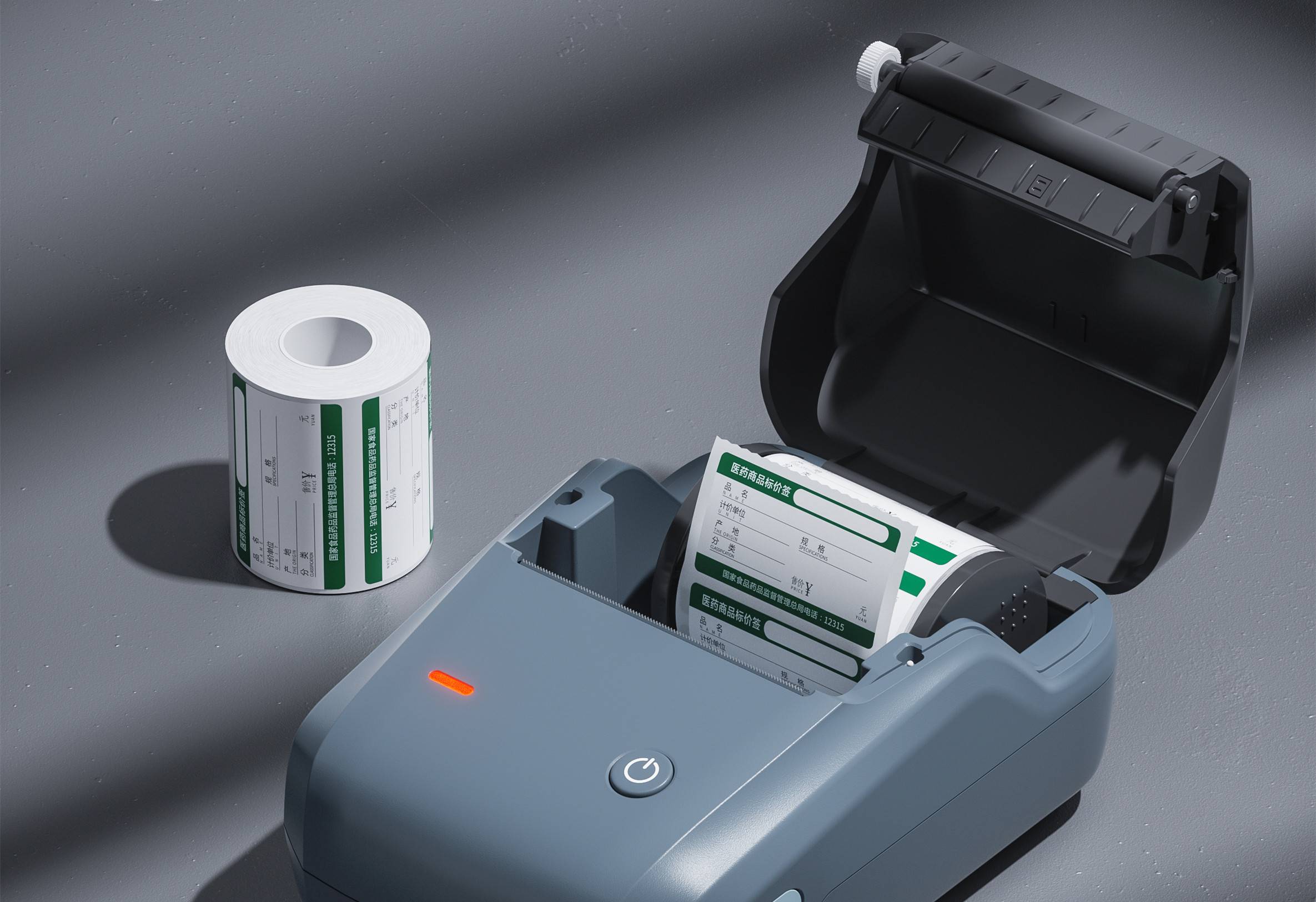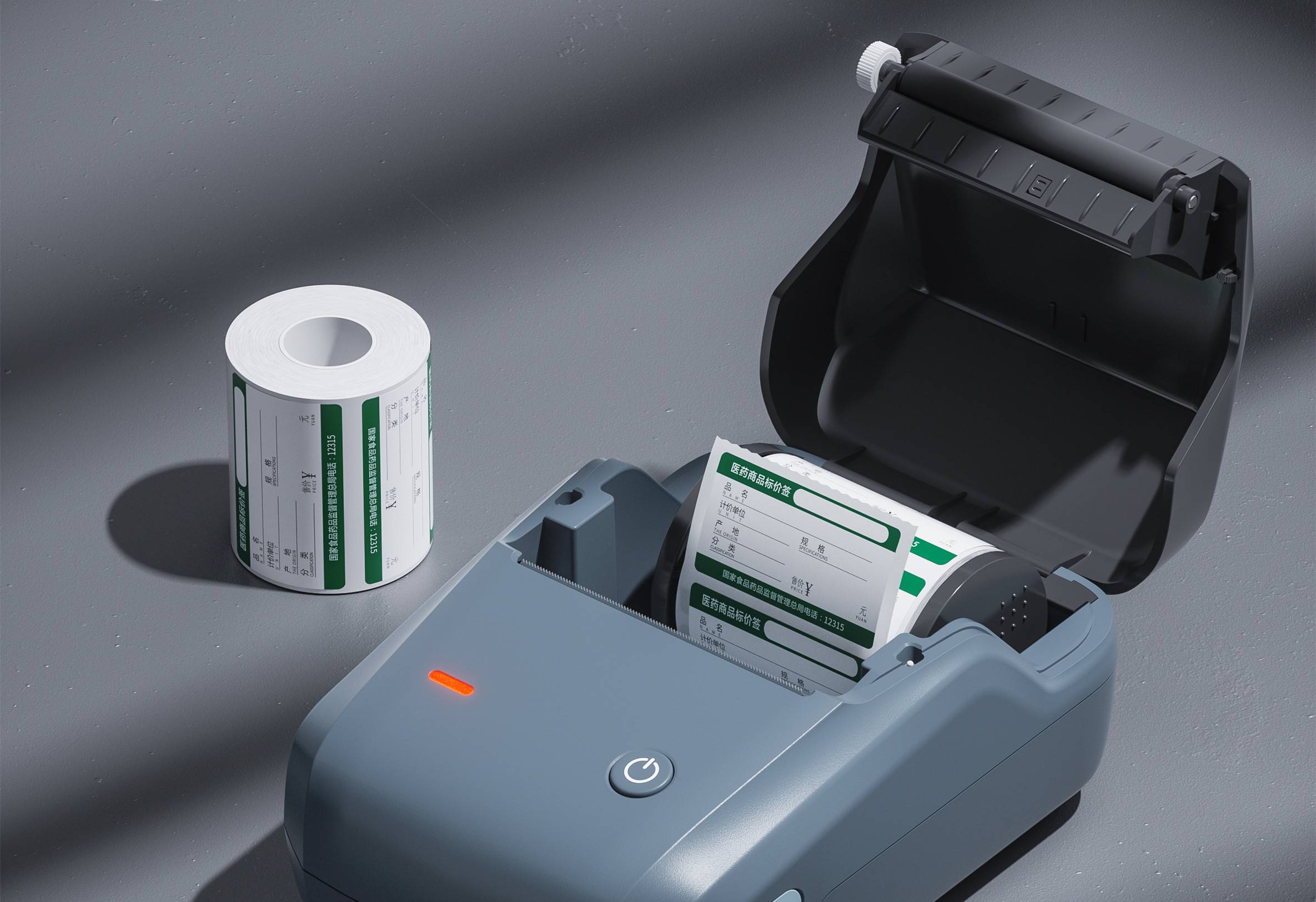
Certification introduction
The NOM mark is a mandatory safety mark in Mexico to indicate that the product complies with the relevant NOM standards. The NOM mark applies to most products, including telecommunications and information technology equipment, household electrical appliances, lamps and other products that are potentially hazardous to health and safety. Regardless of whether the products are locally manufactured or imported in Mexico, they must comply with the relevant NOM standards and product labeling requirements.

The Normas Oficiales Mexicanas logo is a mandatory safety mark of Mexico, used to indicate that products comply with relevant NOM standards. The NOM mark applies to most products, including telecommunications and information technology equipment, household electrical appliances, lamps and other products that are potentially hazardous to health and safety. Regardless of whether the products are locally manufactured or imported in Mexico, they must comply with the relevant NOM standards and product labeling requirements.
According to Mexican law, the NOM licensee must be a Mexican company, responsible for the quality, maintenance and reliability of the product. The test report is issued by a laboratory recognized by SECOFI and reviewed by SECOFI, ANCE or NYCE. If the product meets the requirements of relevant regulations, a certificate will be issued to the Mexican representative of the manufacturer or exporter before the product can bear the NOM mark.
Mandatory authentication mode
——M0: certification through quality control and regular test verification;
——M1: Certification through regular test verification (new product type experiment);
——M2: certification (new product) through quality system assessment and verification;
——M3: Compliance letter issued by regular test verification (applicable to new products);
——M4: Certification through quality control and regular test verification (applicable to redesigned products);
——M5: batch certification (applicable to redesigned products and second-hand products without redesign manual);
——M6: 100% certification (applicable to non-standard products).
The certificate holder is usually a separate importer, manufacturer and distributor, and foreign manufacturers can apply for the certificate through a certification body recognized by the Mexican Standardization Committee.
Applicable product range
NOM compulsory certification products are generally electrical and electronic products with alternating current or direct current exceeding 24 volts. Mainly applicable to product safety, energy and thermal effects, installation, health and agriculture. The following products must obtain NOM certification before being allowed to enter the Mexican market:
1. Electronic or electrical products for home, office and factory use;
2. Computer LAN equipment;
3. Lighting device;
4. Tires, toys and school supplies;
5. Medical equipment;
6. Wired and wireless communication products, such as wired phones, wireless phones, etc .;
7. Products driven by electricity, propane, natural gas or batteries.
application process
1. Find a third-party testing agency to provide services;
2. At least two samples to the testing organization for testing;
3. Provide all product information (Spain);
4. Provide certification application to the testing organization;
5. Provide the name and address of the Mexican distributor or importer.
Application materials
1. Application form
2. Agency statement
3. Registration documents of local importers or distributors
4. Relevant CB certificates and reports
5. Instructions for use in Spanish (requires including quality assurance statement)
6. Technical documents (circuit diagram, assembly drawing, parts list) or CB (including Mexican deviation)
7. Service Manual
8. Company Profile (English)
9. Parts Supply Guarantee
Packaging label information
1. Name and address of importer or distributor
2. NOM logo
3. Original domestic information
4. Rated value of product input / output
5. Product name and model
6. Packing quantity
other
NOM certification cycle
4-6 weeks
Mexico only recognizes its own NOM safety signs, and the safety signs of the United States and Canada (such as CUL, ETL, CSA) are not recognized by the government. Products that require mandatory certification can only enter the Mexican market if they are accompanied by the NOM safety mark.
Usually, the NOM logo often appears with NYCE or ANCE:
——NOM NYCE: applicable to electronic products, communication products and data processing equipment, but does not include household appliances;
——NOM ANCE: Applicable to home appliances, including household electric instruments, electric hand tools, etc.

Label printers entering the Brazilian market, ANATEL certification is an essential passport! It is the recognition of the Brazilian Telecommunications Authority for the safety and compliance of electronic products, without which products cannot be legally sold.

SRRC certification is not only a guarantee of product compliance, but also a key to opening up the market.

FCC ID certification is a mandatory certification for electronic products by the Federal Communications Commission (FCC) in the United States, and it is essential for label printers to obtain this certification.
The NOM mark is a mandatory safety mark in Mexico to indicate that the product complies with the relevant NOM standards. The NOM mark applies to most products, including telecommunications and information technology equipment, household electrical appliances, lamps and other products that are potentially hazardous to health and safety. Regardless of whether the products are locally manufactured or imported in Mexico, they must comply with the relevant NOM standards and product labeling requirements.
Get a quote